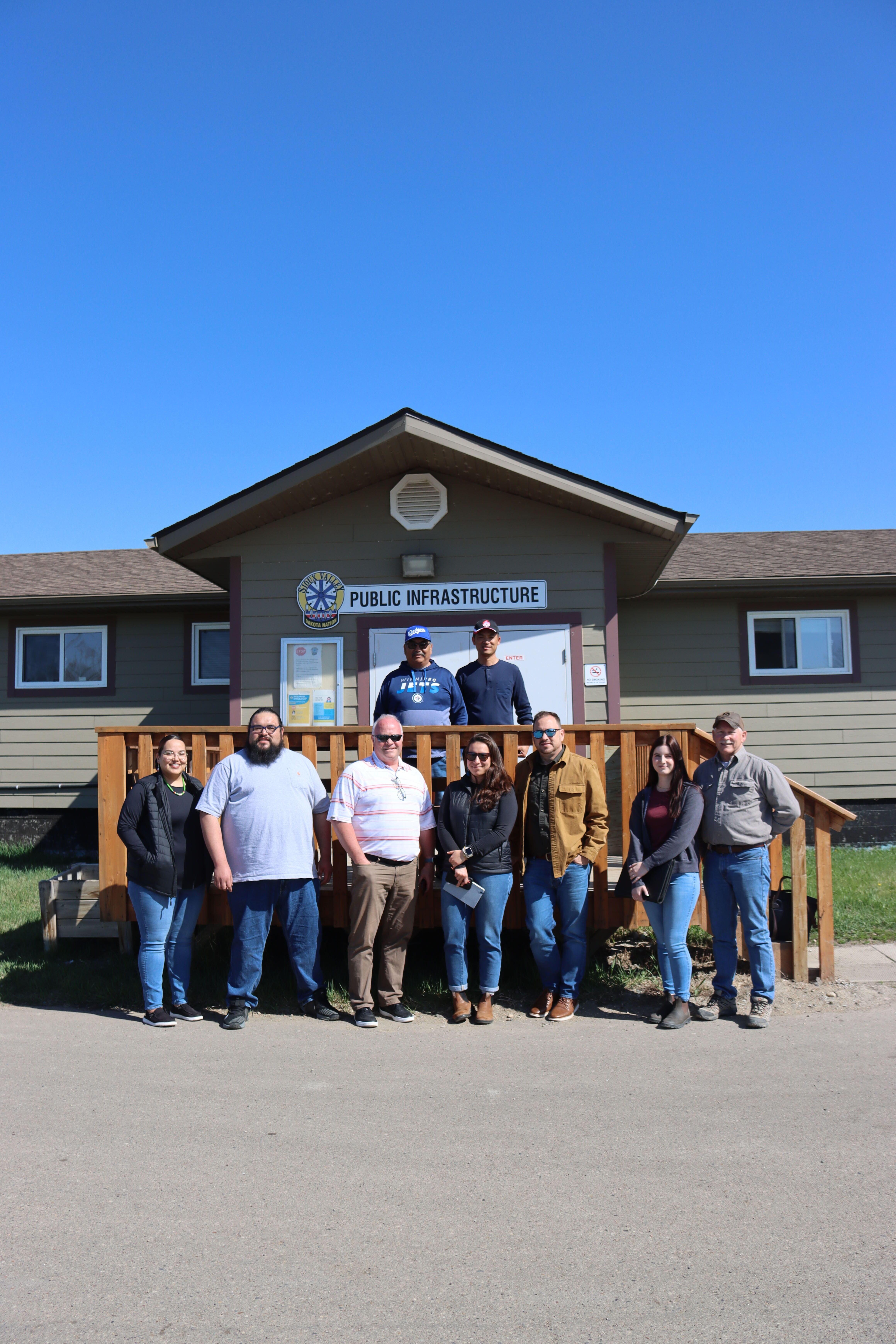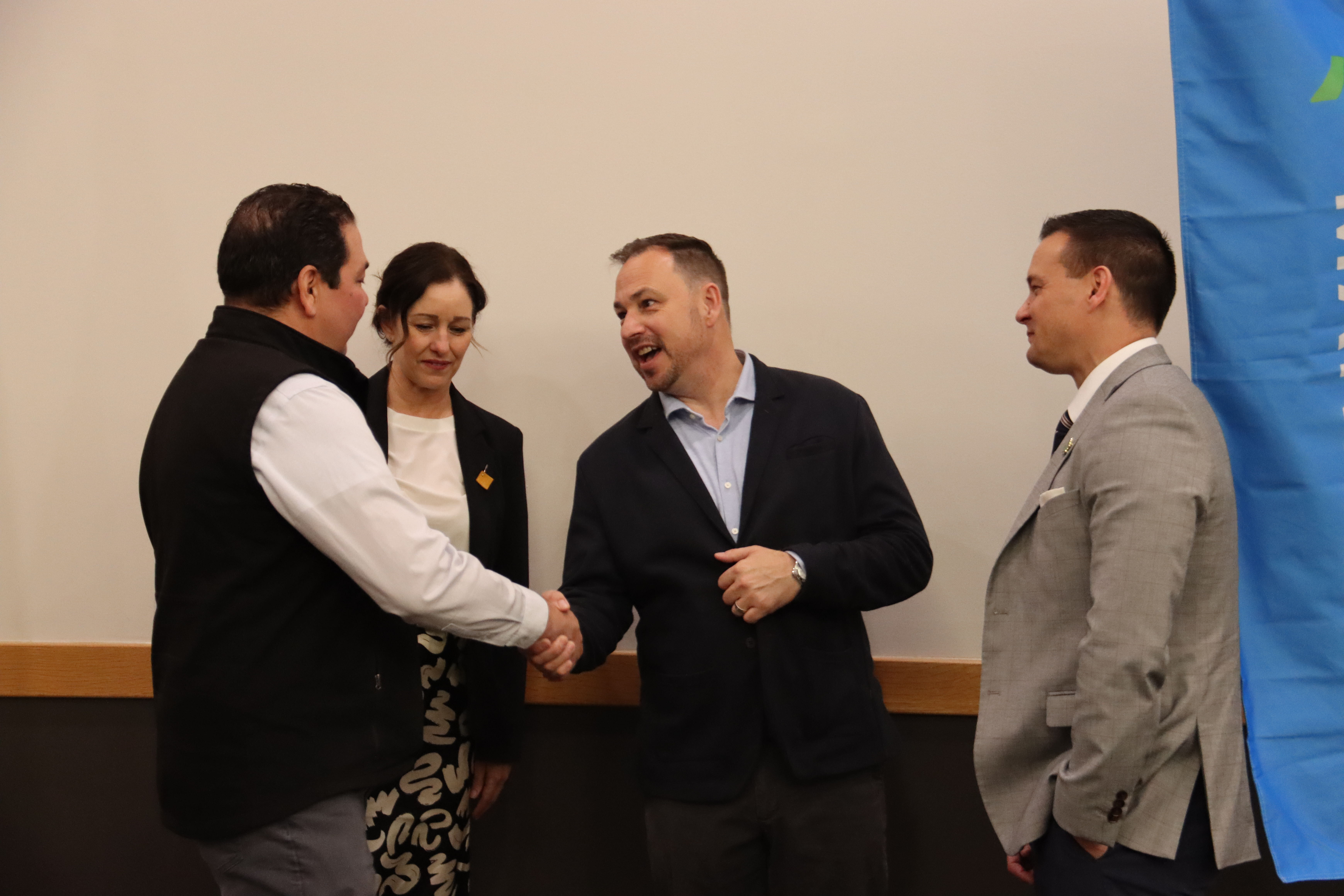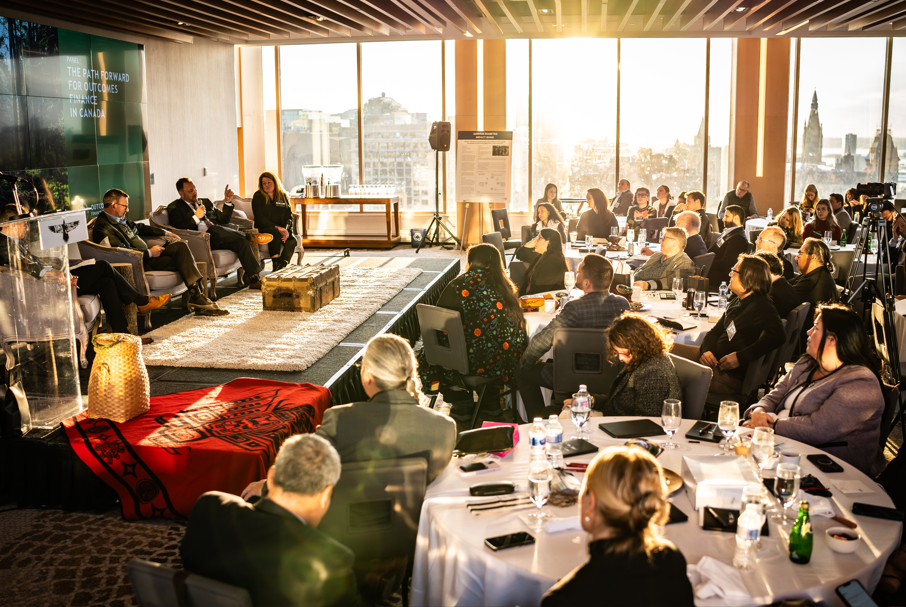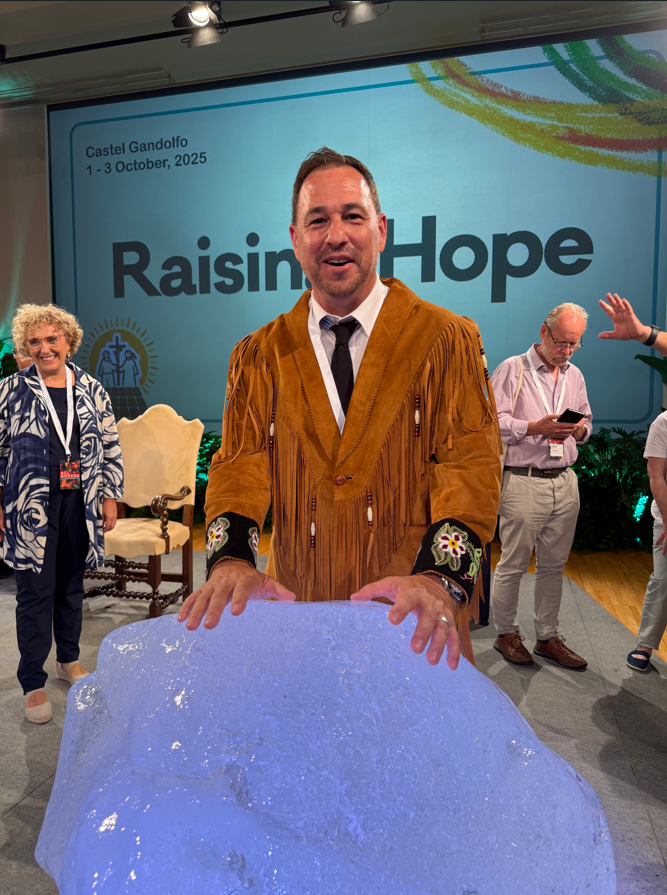
The World Is Backing Outcomes Finance. Here’s Why Canada Needs to Catch Up
Canadians are feeling the strain. Housing is increasingly out of reach, health systems are under pressure, and communities across the country are grappling with the impacts of climate change. At the same time, governments are being asked to solve more problems with fewer resources.
In response, countries like the UK and across Europe are rethinking how they spend. Rather than funding programs upfront and hoping for results, they are launching outcomes-based funds that pay only when real improvements are achieved. These funds help governments tackle complex challenges more effectively by directing dollars toward what works and encouraging innovation where it’s needed most.
Canada has an opportunity to lead with a model that’s already delivering results here at home: Indigenous-led, outcomes-based solutions. Using an outcomes finance model, Indigenous communities are currently generating measurable impact in housing, health, clean energy, and employment. A national Indigenous Outcomes Fund (IOF) would build on and scale this work. This fund would provide performance-based federal funding for Indigenous-led initiatives, empowering communities to lead change while ensuring public money is only spent when meaningful outcomes are delivered.
More than just a funding tool, the IOF would be a tangible step toward Economic Reconciliation. By backing a model that supports Indigenous leadership and self-determination, the federal government can show that Reconciliation is not just a promise, but a measurable, achievable commitment.

What Is Outcomes Finance—and Why Does It Matter?
Outcomes finance is a way to fund public priorities based on results, not just effort. Instead of paying for projects upfront, governments and funders agree to pay only when specific outcomes are achieved, such as healthier families, more energy-efficient homes, or better employment outcomes.
Here’s how it typically works: communities define the problem and co-design the solution, often with support from an aligned and experienced partner who helps with funding, delivery, and measurement. Local organizations lead the implementation, with ongoing capacity-building and support. Private or philanthropic investors cover the upfront costs. Governments only pay if and when outcomes are achieved at the end of the project, using public funds to repay investors based on verified results.
This shifts the focus from activity to impact. It encourages creative problem-solving, builds accountability, and helps public dollars go further. It also opens the door to new kinds of funding partnerships. Because repayment is government-backed and tied to verified results, outcomes finance can attract investors, philanthropists, and other partners who don’t typically have an opportunity to support these types of social programs. This unlocks more resources to scale what’s already working.

The Global Shift: New Funds Launched This Year
Governments around the world are showing what’s possible when funding is tied to outcomes.
United Kingdom: £500M Better Futures Fund
Earlier this year, the UK Government launched the Better Futures Fund—a £500 million initiative to improve services for children, youth, and families experiencing poverty.
This outcomes-based fund:
- Pays only when outcomes like better school performance or improved mental health are achieved
- Encourages communities to design local solutions
- Aims to reduce future costs by investing in prevention today
It is delivered in partnership with Bridges Outcomes Partnerships, one of the world’s leading social outcomes intermediaries.
Europe: €100M SDG Outcomes Fund
The SDG Outcomes Fund, led by UBS Optimus Foundation and backed by the European Commission, closed at €100 million to support projects advancing the UN Sustainable Development Goals, such as clean energy, gender equity, education, and health.
Using blended finance, it combines public, philanthropic, and private capital to share risk and expand reach. For example:
- Philanthropy or government may take the first loss if outcomes aren’t met
- Private investors are repaid only when results are verified
- Communities receive flexible, upfront capital to run high-impact programs

How Canada Can Get Started: An Indigenous Outcomes Fund
For decades, Indigenous communities in Canada have been constrained by rigid, top-down funding systems that rarely reflect local priorities or deliver lasting impact.
Outcomes finance offers a better path, one that aligns with Indigenous rights, self-determination, and community-based investment. A national Indigenous Outcomes Fund would support Indigenous-led projects in areas like housing, health, clean energy, and employment. Communities would lead the design, delivery, and evaluation of their own solutions, while governments act as payers, releasing funds only when outcomes are verified.
This model advances the principles of the United Nations Declaration on the Rights of Indigenous Peoples (UNDRIP). It puts decision-making power into the hands of Indigenous peoples and channels investment into community-driven solutions with proven results. It also brings in new partners such as philanthropic and private funders to help scale what’s already working.
At Raven Outcomes, we’re already seeing this model succeed through our Community-Driven Outcomes Contracts (CDOCs):
- Fisher River Cree Nation & Peguis First Nation: A community-led housing initiative delivering clean energy system installations, energy-efficient home repairs, and local training and job creation.
- Brokenhead Ojibway Nation: Through the creation of BON Energy, a community-owned enterprise, the Nation is retrofitting homes, reducing emissions, lowering energy costs, and building local workforce capacity.
- Minoayawin: A health-focused initiative working to prevent the worsening Type 2 diabetes epidemic in Anisininew First Nations through culturally grounded care, local program delivery, and holistic well-being supports.
These are active, community-led, independently verified, and in growing demand. Indigenous communities across the country are asking for more of these types of investments that give them more control and deliver better outcomes.
.jpg)
Looking Ahead: Outcomes Canada
Launching an Indigenous Outcomes Fund would lay the foundation for a broader national strategy. A future Outcomes Canada initiative could embed this approach across federal departments and Crown agencies, making outcomes-based funding a permanent part of how public dollars are spent. This could help stretch public dollars, build a culture of accountability, and deliver better results for communities across the country.
Outcomes Canada could also serve as a national hub for knowledge, data, and support. It could:
- Provide tools and training to help departments apply outcomes finance in their own work
- Build capacity for delivery partners and intermediaries like Raven
- Coordinate outcomes measurement and data to support continuous improvement
What’s Needed Now: A Call to Action
Canada has the tools, the partners, and the demand to lead. But leadership means more than good intentions. It requires real investment—of time, money, and people—to build the solutions this country needs. The Indigenous Outcomes Fund is a perfect way to do that. The global momentum is real, and Indigenous communities are already leading the way. What’s missing isn’t innovation or evidence—it’s government action.
To learn more about outcomes finance and Raven Outcomes’ work, visit ravenoutcomesfunds.com.

.jpg)



.avif)